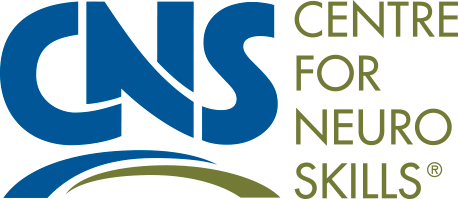Stroke is an acquired brain injury and is a leading cause of long-term disability in the United States. Almost 800,000 people in America will experience a new onset or recurrent stroke each year. Worldwide, stroke is the second leading cause of death and disability.
Stroke is often thought of as a disease that occurs in older people. While this is often the case, the incidence of ischemic stroke in people aged 20-54 has increased.
Slightly over one-third of people who experience a stroke are functionally dependent or die by three months post-discharge. Recovery after stroke can require the care of a team of individuals, including physicians, nurses, physical and occupational therapists, speech-language pathologists, recreational therapists, psychologists, nutritionists, social workers, and others.
Stroke rehabilitation in the era of COVID-19
As we consider the impact of the recent COVID-19 pandemic, a number of concerns arise regarding the rehabilitation dosing afforded to individuals who sustain a stroke.
Hospitals have, necessarily, reduced lengths of stay for non-COVID-19 diagnoses as they attempt to free up bed space for COVID-19 cases. As a consequence, rehabilitation therapies have become shortened or non-existent. Further, outpatient rehabilitation services have been suspended in many locations, leaving one to wonder how people who suffer from stroke will receive crucial treatment.
Factors impacting stroke recovery
We know that many factors impact a person’s functional outcome after a stroke. These include age, where a younger age is associated with a better outcome, and the timing of therapy, which is essential because therapy that is provided too early can be detrimental, and therapy that is delayed can negatively affect the outcome. The exact window of opportunity is not clear and most likely varies with several patient-specific factors.
We also know that the degree of the expertise of rehabilitation treatment impacts outcome; with more expertise comes better outcomes. And we know that both the frequency and intensity of therapy affect the degree of recovery of function a person will achieve and reduce the likelihood of hospital readmission. Simply put, more therapy is associated with better outcomes. Furthermore, higher intensity therapy is associated with more recovery.
Several factors seem to merge around interfering with a person’s ability to recover to their fullest potential. One factor is bundling payments, wherein a hospital is incentivized to discharge a person quickly and to attempt to reduce re-hospitalization. It has been demonstrated that bundled payment arrangements result in less use of tertiary care settings, such as rehabilitation. As well, payers have become accustomed to very short inpatient rehabilitation stays, followed by simple outpatient rehabilitation services.
It is clear that more attention must be paid to scientific evidence that strongly links better outcomes with more frequent therapy, therapy of higher intensity, therapy that is properly timed and of sufficient duration, and therapy that is provided by properly trained specialists in neurorehabilitation.
Finally, great care in payment structuring should be taken to avoid skimping on care for this vulnerable population.


2020 has been real tough year, specially in such conditions when individuals needed emergency medical services and they were not able to get that on time.
Thank you for your comment Dr. Greene.